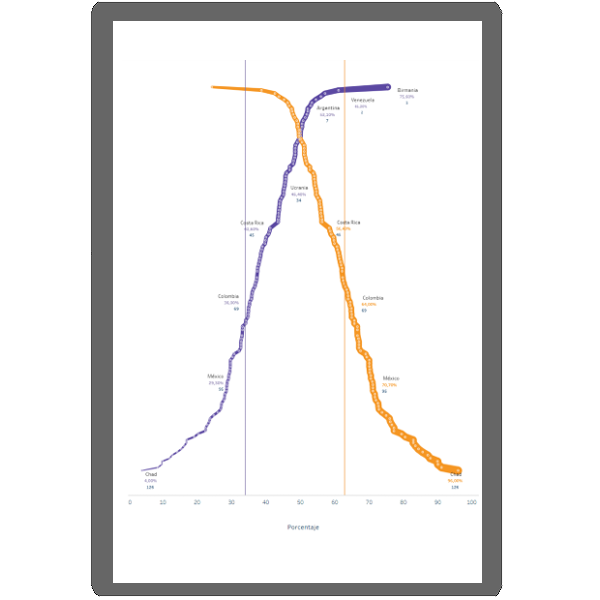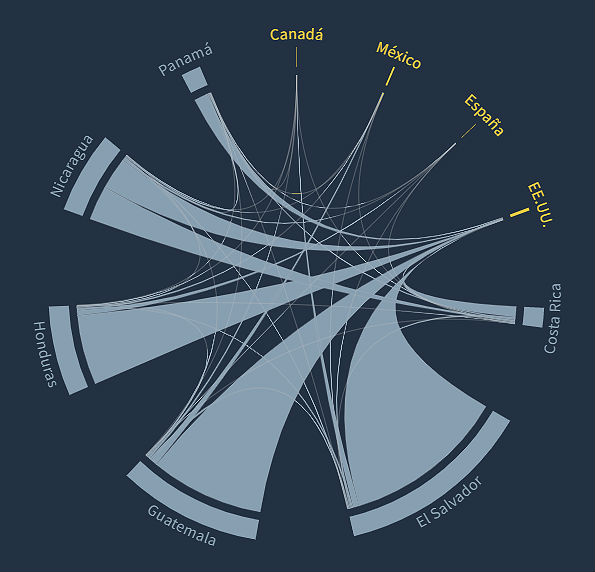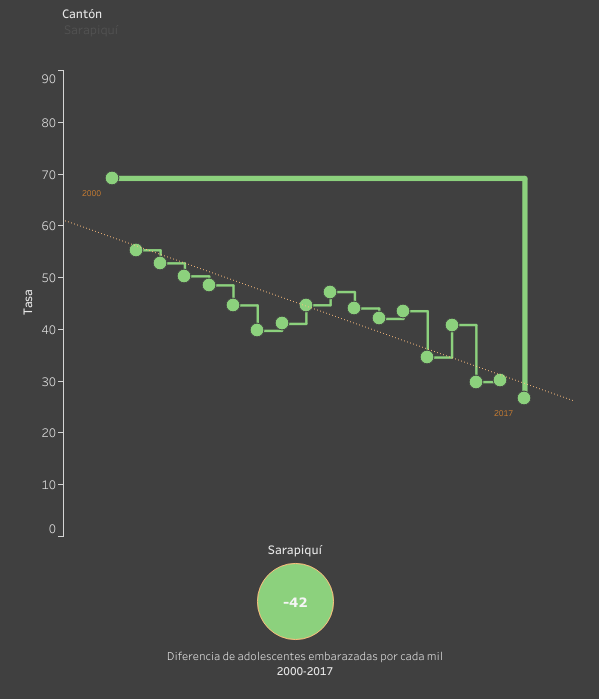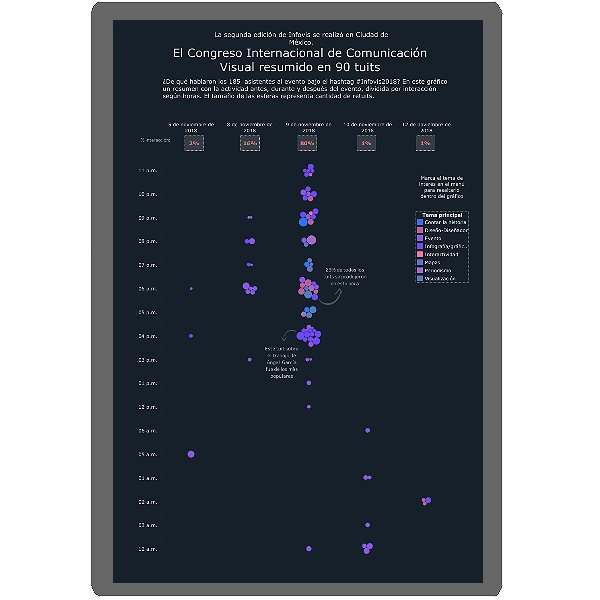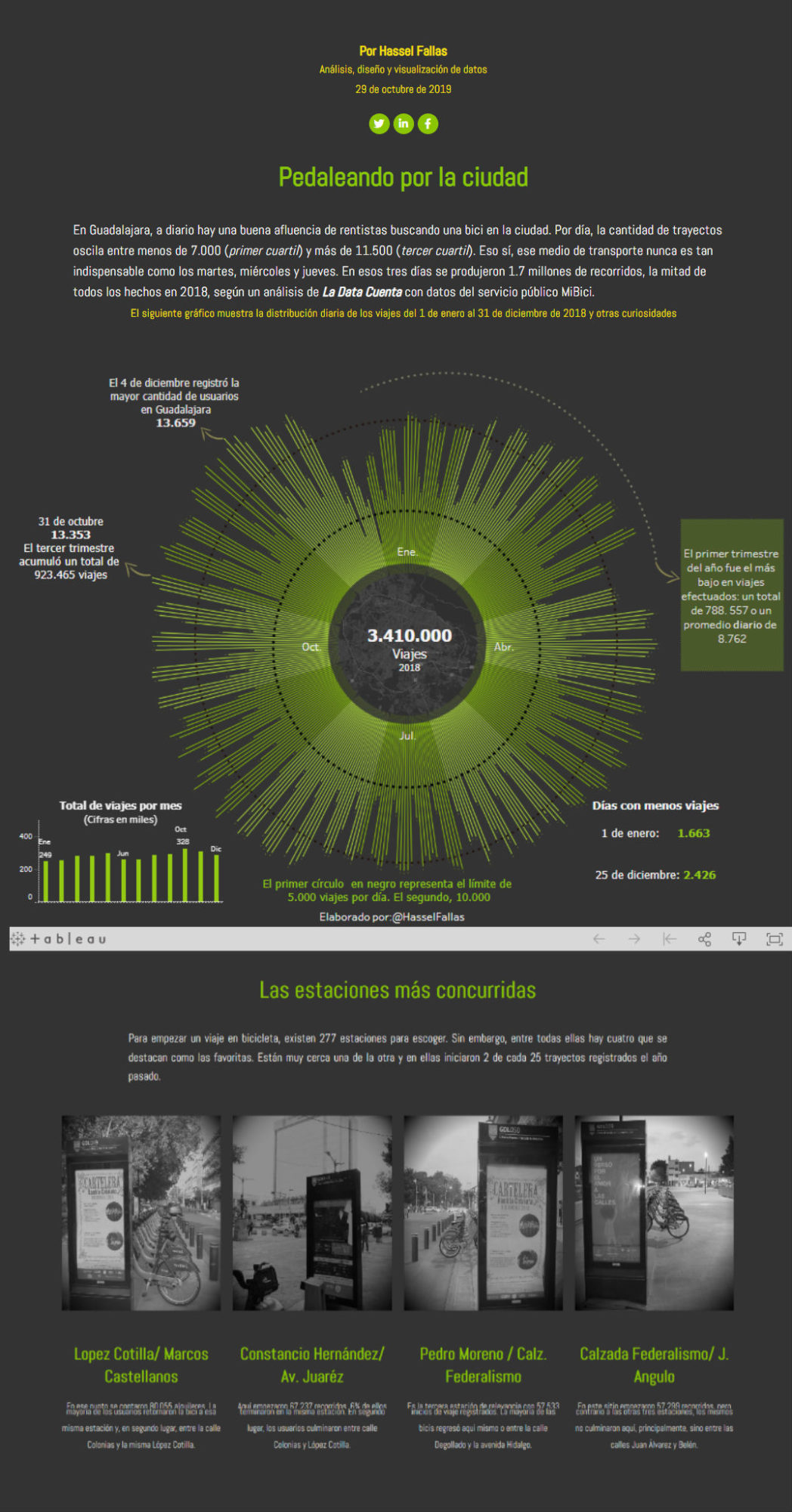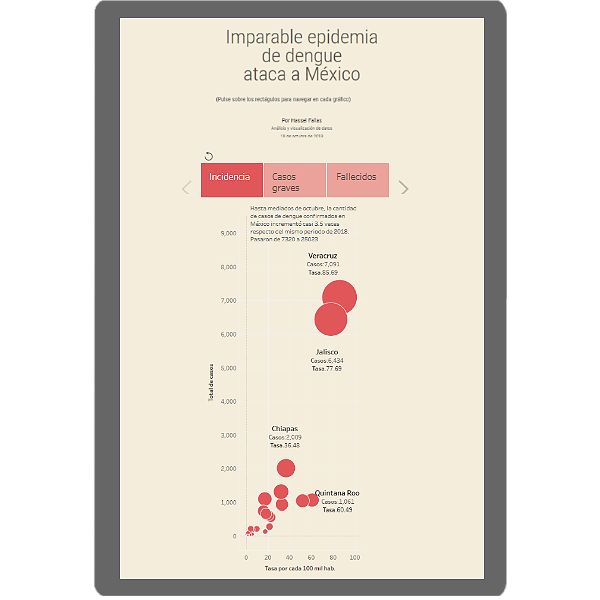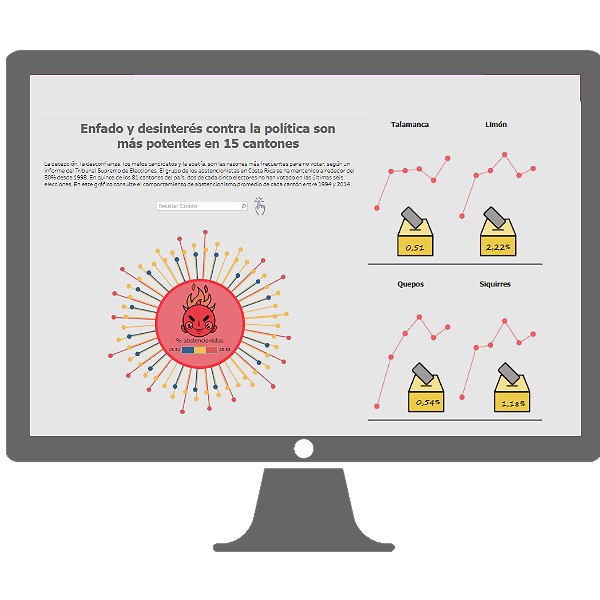Portfolio
Data analysis, visualization
and storytelling
Welcome to my data journalism portfolio, a collection of projects that combine data analysis, visualization, and storytelling to unveil compelling insights. Through the use of tools such as data scraping, data structuring, machine learning algorithms, and data visualization tools like interactive gganimate, ggplot, HTML, CSS, and Tableau, I have crafted an assortment of data-driven narratives. Each project delves into a diverse range of topics, from gender trends to environmental impacts, shedding light on some the world’s most pressing issues.
Hassel Fallas
Data driven research
This journalistic investigation unravels, step by step, the way the global financing system for climate change operates. In each report of the series, it reveals how wealthy nations of the Global North, backed by influential banks and multilateral institutions, have created a powerful yet unequal financial architecture. A structure that favors their own interests and profits at the expense of the most vulnerable countries drowning in debt.
Data driven research
«Así te afecta el Cambio Climático» is a data journalism, information visualization, and podcast platform aimed at explaining what Climate Change is and how it impacts people’s lives. We use graphics, voices from the scientific and activist communities to highlight, in a simple yet profound language, the consequences of global warming and how we can address it.
Data driven research
Currently, in Costa Rica, judges are less prone to impose prison as the first option for female offenders. Instead, they tend to offer them the possibility of serving their sentence through alternative penalties that allow them to learn a trade, educate themselves, and stay close to their family.
Including a gender perspective in the prison system implies understanding the reasons why women engage in criminal activities and the vulnerabilities they face, such as poverty, motherhood, violence, disabilities, among others. Two legislative reforms, the creation of the Women’s Care Level and the Women’s Care Model in the Prison System, are some of the milestones that have brought the country closer to fulfilling the rights of the women under their care.
When a woman commits a crime in Costa Rica, it does not necessarily mean that the justice system will send her to jail as punishment. Depending on the type of offense and the circumstances that led her to commit the crime, judges could grant her the benefit of an alternative penalty to be served from her home, a hospital – in case of illness – or by attending an educational center.
Gender data visualization
Publications regarding gender, health, demographics, economy and politics are included in this section. Sources come from open data portals or data scraping.
Visual & audio
There was a time in Central America when Hondurans were the second population that emigrated least from the region. Three decades ago, for every 10 thousand inhabitants, only 316 left their land. Now they do it, at least, 780. Why are they being pushed until they leave their country?
Data visualization
The silenced, is a data visualization about femicides in Costa Rica. It visually documents the murder of 337 women, assassinated by their partners, between 2007 and 2018. It was published to create awareness
about women violence.
Data visualization
Every year, dozens of boys, girls, adolescents, and adults experience the incessant pain of their mother’s femicide. They are the adjacent victims – socially and emotionally – of the cruelest and most extreme gender violence that exists: taking a woman’s life out of a desire for control and power over her. They are the survivors of this tragedy. The majority – 7 out of 10 – are minors.
Animated graphics with R






Visual data analysis
Visual investigation
Although at a country level it is expected that the aging will begin after 2040, this analysis, based on population forecasts, shows that senescence will reach between two and 14 years in half of the cantons of the country.
Visual investigation
This project shows how in Costa Rica, there are fewer and fewer mothers under the age of 19. The country has achieved the most significant historical decline thanks to a province in particular, Limón. In it, the number of young people who gave birth between the beginning of this century and last year decreased by almost half.
More data visualization
Publications regarding health, demographics, economy and politics are included in this section. Sources come from open data portals or data scraping.
Infographic
In Guadalajara, every day there is a good influx of rentiers looking for a bike in the city. Per day, the number of journeys ranges between less than 7,000 ( first quartile ) and more than 11,500 ( third quartile ). Of course, this means of transport is never as indispensable as Tuesdays, Wednesdays and Thursdays. In those three days there were 1.7 million routes, half of all the events in 2018, according to an analysis of The Data Counts with data from the MiBici public service.
Infographic
In the world of Latin letters, no one like Mexican writers and writers have garnered so many awards in the history of the Guadalajara International Book Fair (FIL). Since 1991, when the FIL Prize for Literature in Roman Languages was established and until this year, the work of seven Mexicans has been praised and recognized. The last of them is the poet, essayist and translator David Huerta, who received the award on November 30 in the capital of Jalisco.
Investigative journalism
Team- Projects
These are a selection of my favorite projects, implemented with very talented designers and coders, while I was leading the Data Investigative Unit in daily La Nación, Costa Rica













